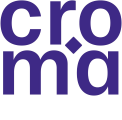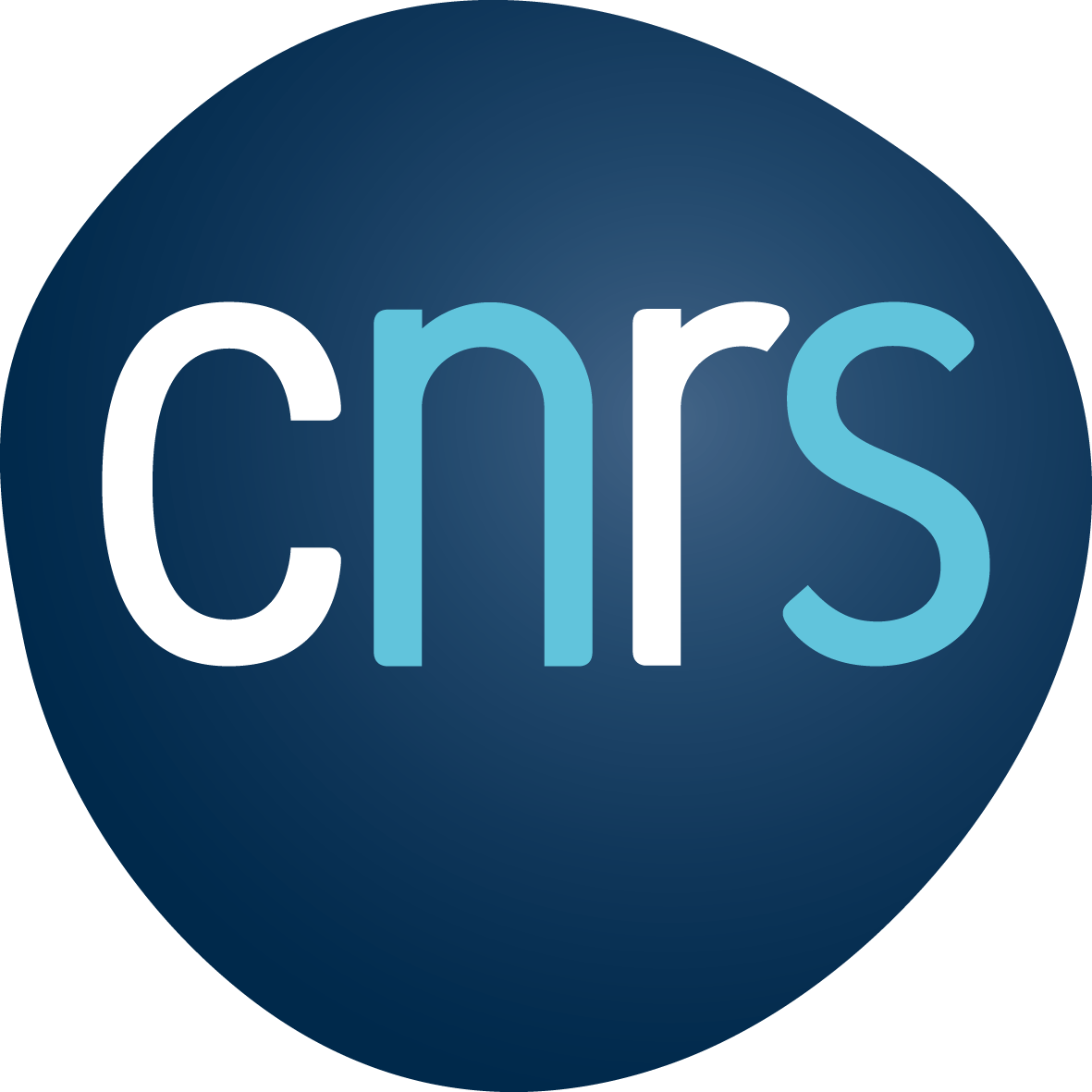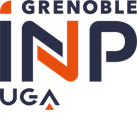Nos sites
eServices
- Annuaire Grenoble-Savoie
- Accès CROMA
- Site de Grenoble
- Site de Chambéry
- Services authentifiés
- Intranet CROMA
- Intranet Grenoble INP
 Connexion
Connexion
 Connexion
Connexion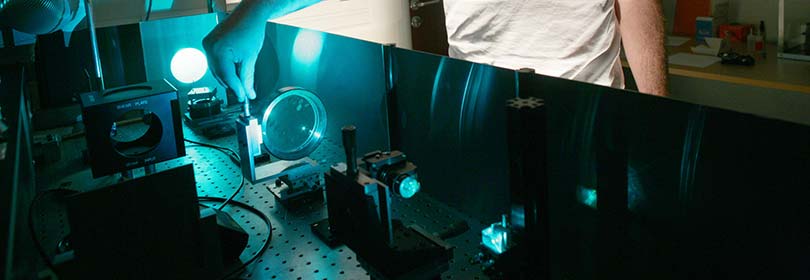

 > Recherche > PHOTO > Axe Capteurs
> Recherche > PHOTO > Axe Capteurs
CROMA est doté d'une plateforme d’optique intégrée sur verre historiquement liée au développement de composants pour les télécommunications dans le proche infrarouge.
Nous développons sur cette plateforme des fonctions actives (amplification optique, lasers DFB,..) et passives (duplexeurs, phasars, interféromètres,..) à destination du domaine des télécommunications optiques et des capteurs. Par ailleurs, nous disposons d'une expertise en micro-fluidique sur verre, ce qui permet la réalisation de composants opto-fluidiques complètement intégrés. Finalement, un ensemble d'outils de simulation développés au laboratoire permet de modéliser nos procédés de fabrication et de simuler le comportement électromagnétique des dispositifs réalisés grâce aux méthodes AFMM (2D et 3D), RCWA (2D et 3D) et Méthode Différentielle avec FFF (2D).
Voici quelques exemples de recherches menées au sein de cet axe :


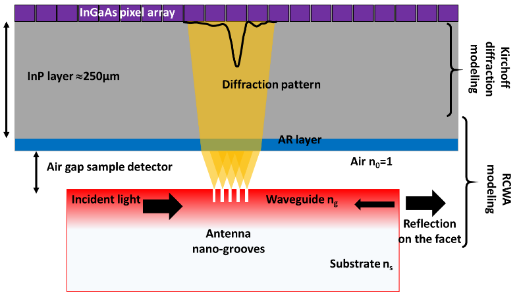
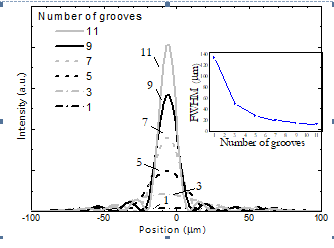

mise à jour le 11 janvier 2024
